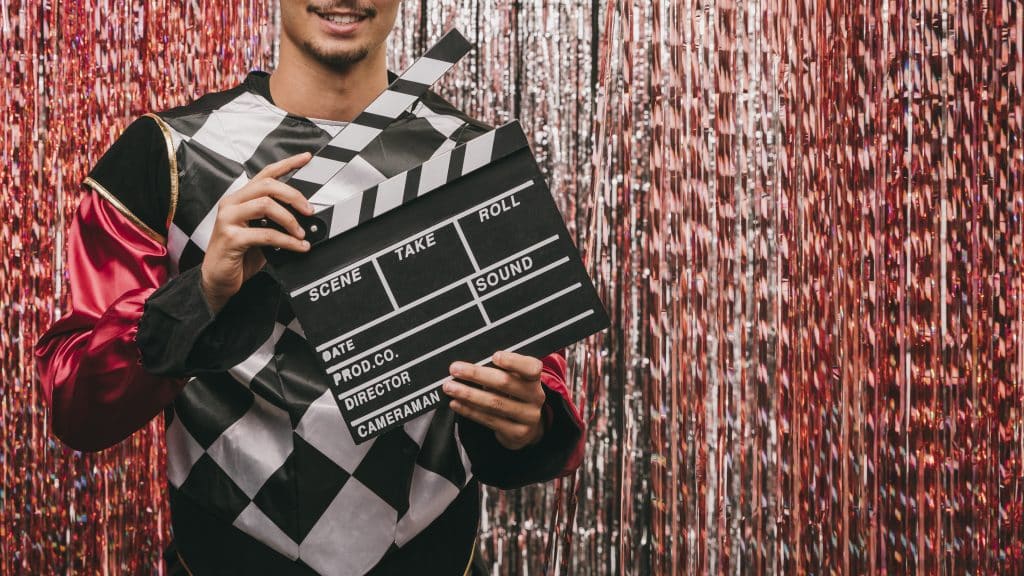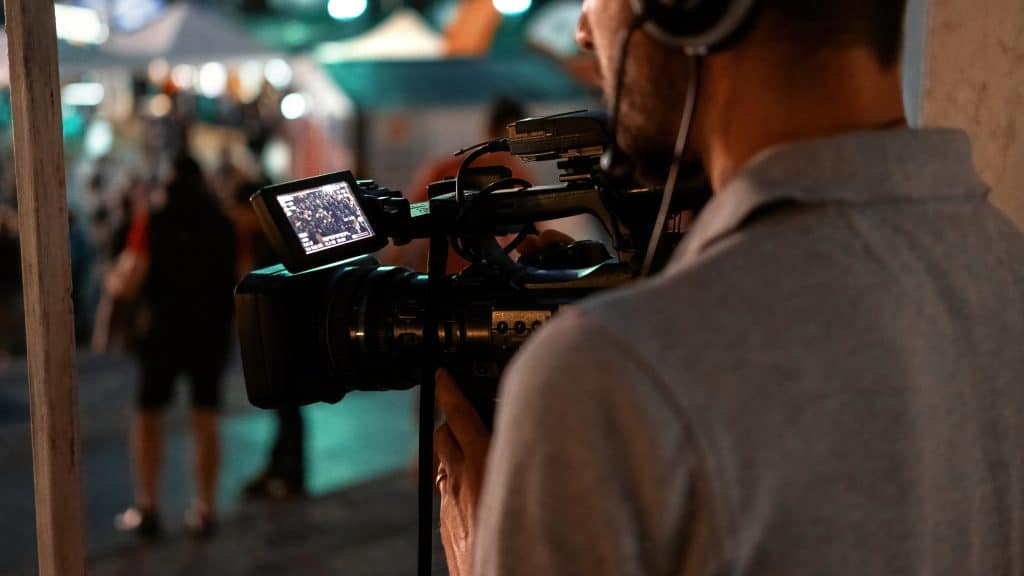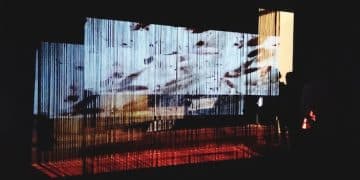Limited series filmed entirely on location: Authenticity and Impact

Limited series filmed entirely on location redefine storytelling by immersing audiences in authentic environments.
Real settings enhance narrative depth and character realism through textures, atmospheres, and visual authenticity that studios cannot replicate. The rise of limited series has reshaped television with concise, cinematic storytelling.
Within this shift, limited series filmed entirely on location have emerged as a defining trend, grounding narratives in genuine environments and amplifying artistic expression.
The allure of authenticity: Why on-location matters
Filming on location adds a truth that no constructed set can fully match. The sounds, history, and atmosphere create a sense of place that resonates deeply with viewers.
When a limited series filmed entirely on location embraces this approach, authenticity becomes its strongest asset.
Directors harness natural light, organic soundscapes, and lived environments to reinforce themes and character motivations. This transforms watching from passive entertainment into an immersive journey.
Beyond the green screen: Visual and sensory richness
One of the greatest advantages of a limited series filmed entirely on location is the visual richness it delivers.
Real buildings, landscapes, and cultural textures provide depth CGI rarely achieves, making stories believable and relatable.
- Natural light: Ambient light creates lifelike imagery that studio setups often struggle to mimic.
- Organic soundscapes: Real sounds enhance immersion and actor performance.
- Unpredictable elements: Weather and chance moments enrich scenes with spontaneity.
- Cultural immersion: Real traditions and architecture add depth to the narrative.

The impact on performance and narrative realism
A limited series filmed entirely on location often improves acting performances. Being present in real settings allows actors to draw inspiration and deliver authenticity.
The environment itself becomes a silent character, shaping mood and pacing. Historical dramas, for example, gain gravitas when filmed in ancestral homes or battlegrounds.
Authentic surroundings blur the line between acting and living, producing emotionally powerful results.
Production challenges and creative solutions
The challenges of a limited series filmed entirely on location are significant: weather, permits, costs, and logistics.
Yet these obstacles often spark creativity, forcing filmmakers to adapt and innovate visually and narratively.
Crews must remain flexible, prepared for disruptions while balancing authenticity with production demands. These constraints, while demanding, often lead to memorable storytelling choices.
Logistical nightmares and budgetary considerations
On-location filming raises costs through transport, accommodation, and staffing. Still, the realism it provides often justifies the investment for a limited series filmed entirely on location.
- Permitting and legalities: Navigating regulations demands expertise and time.
- Weather dependency: Outdoor shoots risk delays and reshoots.
- Equipment transportation: Moving gear between sites is expensive and complex.
- Impact on locals: Managing disruption requires diplomacy and care.

The art of adaptation: Turning obstacles into opportunities
Directors often transform location constraints into storytelling strengths. A narrow alley, sudden rainfall, or authentic architecture can inspire creative choices that elevate the final product.
This resilience is a hallmark of a limited series filmed entirely on location.
The collaboration needed to overcome challenges also strengthens production teams, creating unity and commitment that reflect in the finished series.
Case studies in on-location excellence
Critically acclaimed limited series filmed entirely on location prove how authenticity enhances narratives.
These shows capture the spirit of real places, making them integral to the storytelling.
When the setting becomes a character: Iconic examples
- “Chernobyl”: Authentic Soviet-era landscapes shaped the tone of devastation.
- “The Queen’s Gambit”: Berlin architecture grounded Beth Harmon’s world.
- “Band of Brothers”: Real European towns amplified historical accuracy.
- “When They See Us”: New York City locations gave gravity to its true story.
- “Mare of Easttown”: Pennsylvania’s grit enriched its character-driven drama.
Collaborative ecosystem: Locals and production
Another benefit of a limited series filmed entirely on location is community collaboration. Productions often hire local crews, support businesses, and integrate cultural authenticity, creating mutual value.
Respectful engagement with communities ensures smoother shoots and stronger storytelling impact, leaving behind positive cultural and economic footprints.
The viewer experience
Authenticity directly impacts immersion. A limited series filmed entirely on location engages audiences with lived-in environments, making stories more immediate and emotional.
Feeling present: Power of authentic settings
- Enhanced realism: Grounded environments make characters believable.
- Sensory engagement: Textures and ambient sounds deepen immersion.
- Emotional connection: Real places evoke stronger audience reactions.
- Sense of discovery: Authentic backdrops introduce cultures and worlds.
Building bridges from screen to reality
A limited series filmed entirely on location often lingers in memory, inspiring travel, research, and cultural curiosity.
This enduring connection elevates both the viewing experience and the cultural relevance of the story.
With evolving technology, limited series filmed entirely on location remain vital. While virtual tools expand possibilities, real-world textures preserve authenticity and impact.
Balancing realism with innovation: A hybrid approach
Hybrid models may emerge, combining digital tools with the irreplaceable qualities of physical locations.
For grounded narratives, however, limited series filmed entirely on location will remain unmatched.
- Technological integration: Drones and stabilizers expand on-location creativity.
- Sustainable practices: Eco-conscious productions shape future choices.
- Global storytelling: Diverse locations enrich cultural representation.
- Audience demand: Viewers crave authenticity and immersive realism.
Enduring appeal of the tangible
Ultimately, a limited series filmed entirely on location offers an experience that CGI cannot replicate.
Real settings shape stories into journeys, making them felt as much as watched.
Notable examples of on-location limited series
Productions like Sharp Objects, Godless, and The Little Drummer Girl highlight how powerful settings become when fully integrated into narrative.
Each series demonstrates that the decision to film authentically elevates character depth, visual resonance, and emotional weight.
The collective proof is clear: limited series filmed entirely on location achieve a level of immersion that audiences crave, blending art with reality in ways no constructed set can match.
| Key Aspect | Brief Description |
|---|---|
| 🌳 Authenticity | On-location filming provides genuine visual and sensory details often unattainable in studio sets. |
| 🎬 Production Challenges | Logistical hurdles, budget increases, and unpredictable conditions are common. |
| immersive Viewer Experience | Genuine environments enhance realism, fostering deeper emotional connections with the narrative. |
| 📈 Future Trends | Hybrid approaches combining on-location and virtual production are likely to grow for balanced realism and innovation. |
Frequently Asked Questions (FAQ) about limited series filmed entirely on location
A limited series filmed entirely on location means that significant portions, if not all, of its scenes are shot in real-world settings rather than on purpose-built studio sets. This approach prioritizes capturing the genuine atmosphere, natural light, and unique visual characteristics of actual places, aiming for a heightened sense of realism and immersion in the storytelling.
On-location filming enhances authenticity by providing a tangible, lived-in environment that studio sets struggle to replicate. Natural light, ambient sounds, and the inherent imperfections of real places create a more believable world. This realism can lead to more nuanced actor performances and a deeper emotional connection for viewers, grounding the narrative in a palpable reality.
Main challenges include significant logistical complexities, higher budgets, and unpredictable external factors. These difficulties encompass securing permits, managing public interaction, dealing with variable weather conditions, and increased costs for transportation, accommodation, and equipment. Productions must also often navigate environmental concerns and local regulations, adding layers of complexity.
Yes, being physically present in the authentic environment a character inhabits can profoundly impact an actor’s performance. It allows them to internalize the atmosphere, draw inspiration from their surroundings, and react more naturally to the tactile details of the scene. This immersion often leads to more believable, nuanced, and emotionally resonant portrayals than working solely on soundstages.
While virtual production offers incredible creative freedom and logistical advantages, it is unlikely to entirely replace on-location filming for limited series. Many filmmakers believe that the unique authenticity, unpredictable nuances, and palpable texture of real-world environments remain irreplaceable. A hybrid approach, combining the strengths of both methods, is more likely to define the future of production.





